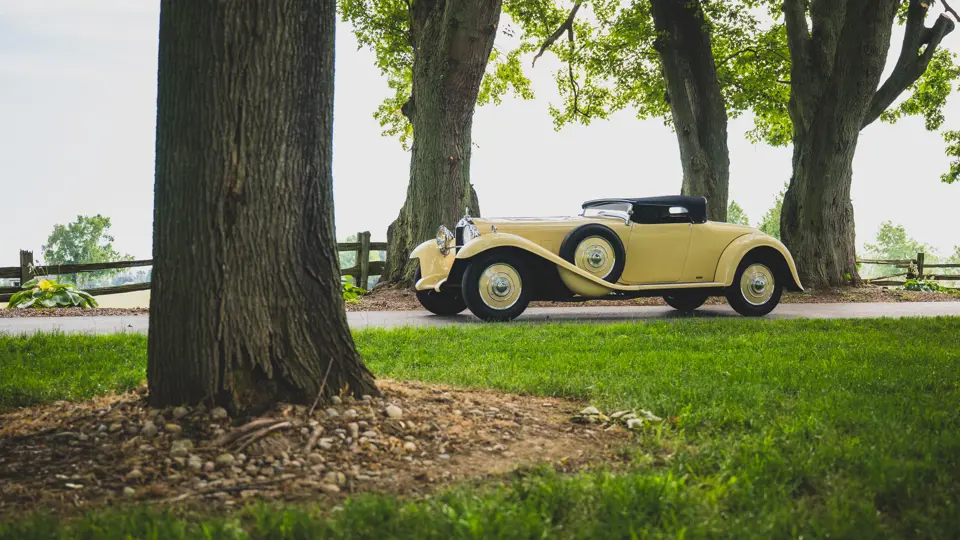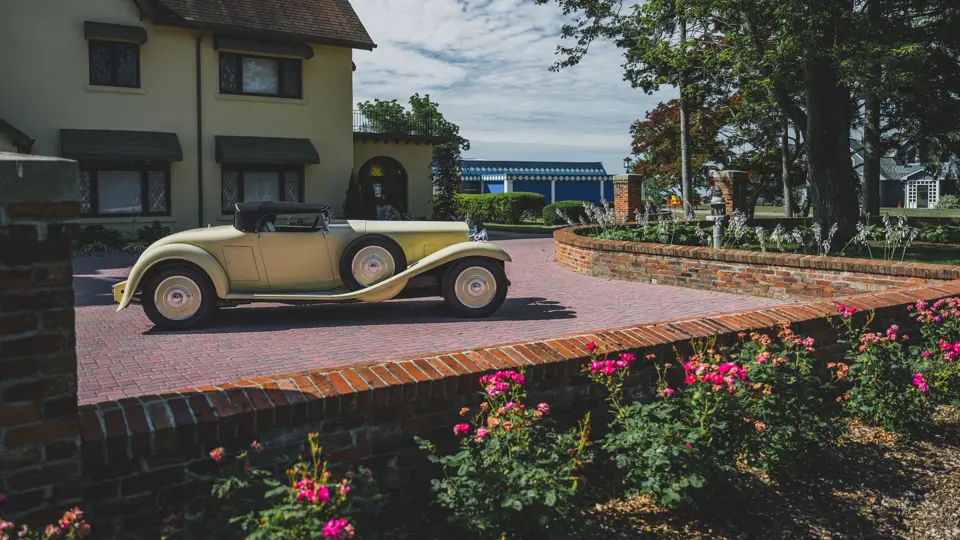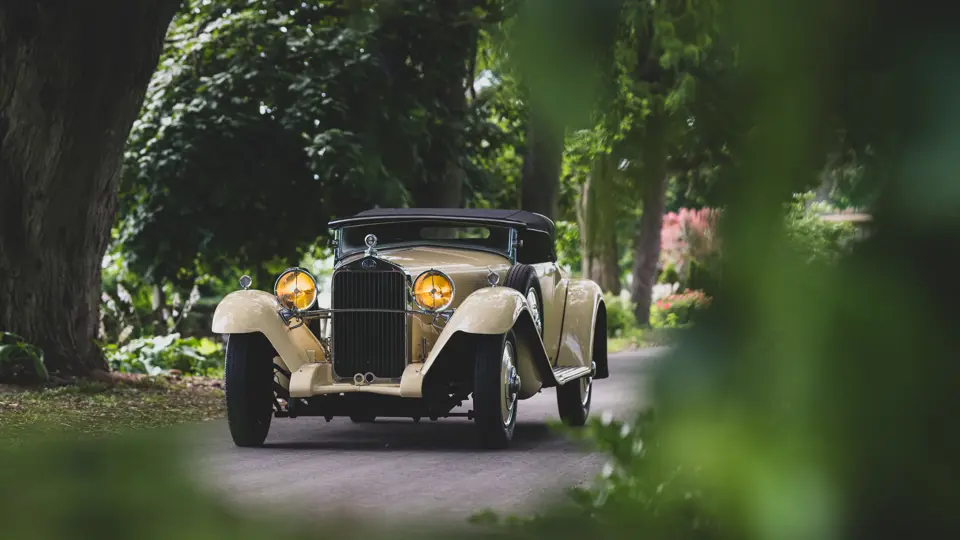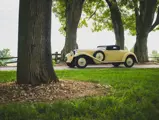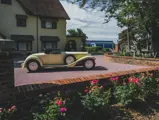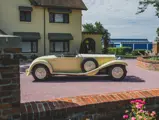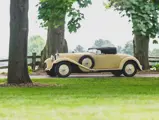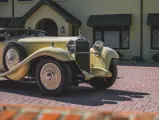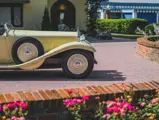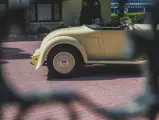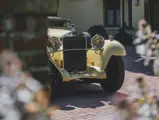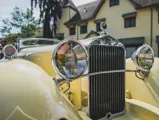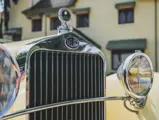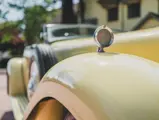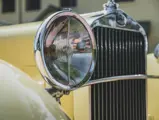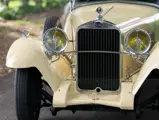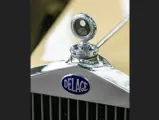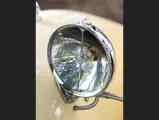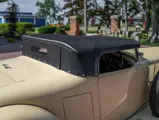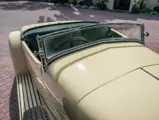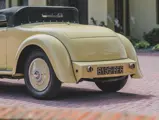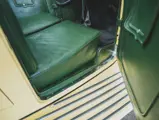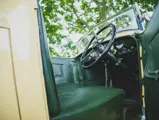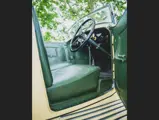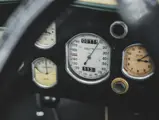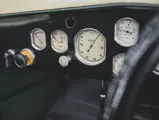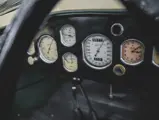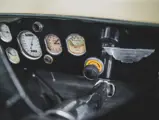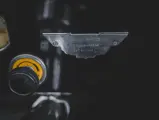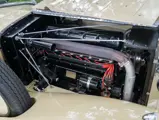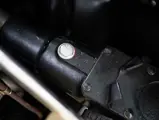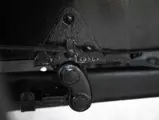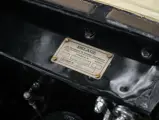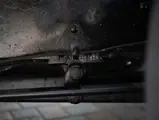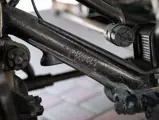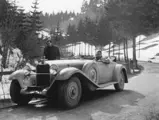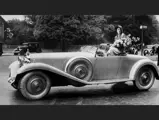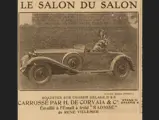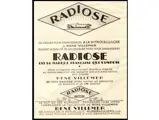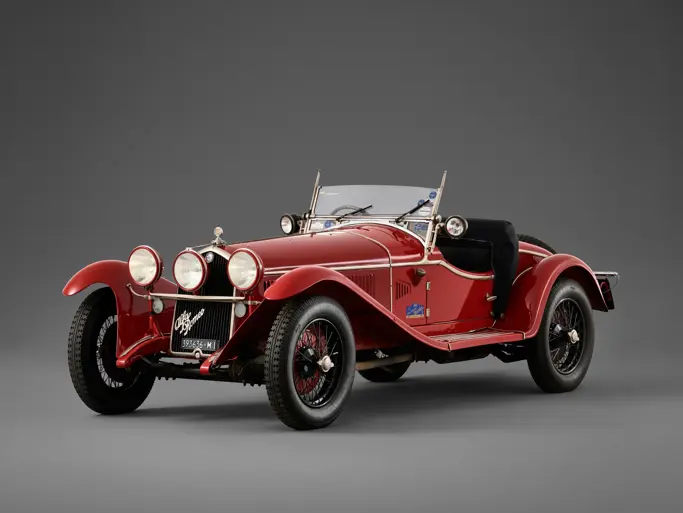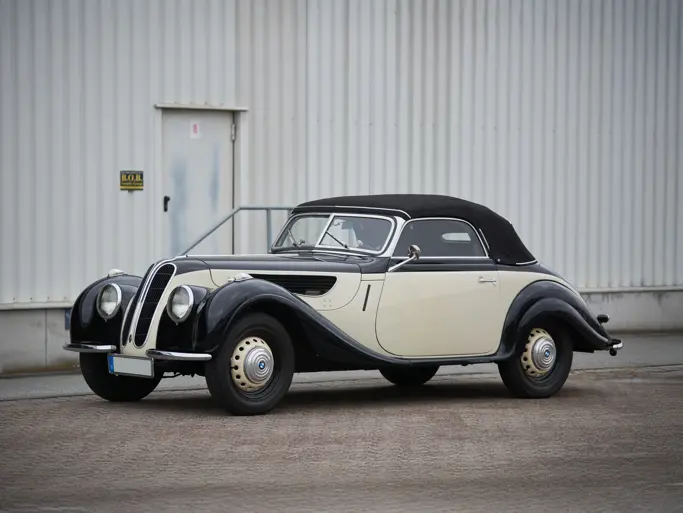
1932 Delage D8 S Roadster by Pourtout
{{lr.item.text}}
$3,305,000 USD | Sold
{{bidding.lot.reserveStatusFormatted}}
- One of 99 D8 S examples produced by Delage
- Clothed in unique and original coachwork by Marcel Pourtout
- A dramatically proportioned design by one of France’s most revered carrossiers
- Outstanding provenance with only three owners since 1936; in current ownership for nearly 30 years
- Highly original—retains its original chassis, engine, and body
- One of the most important and beautiful pre-war French cars to come to market in recent memory
THE DELAGE D8 S
The Delage was, during the Classic Era, France’s premiere automobile, offering a combination of superlative performance, exquisite engineering, and finely wrought beauty that was difficult to surpass. This was never more true than when referring to the company’s eight-cylinder models, of which the inarguably finest was the exclusive D8 S of the early 1930s. Based upon a shortened chassis to optimize maneuverability and reduce weight, the D8 S boasted a competition-bred four-liter, eight-cylinder engine that produced 118 brake horsepower at 3,800 rpm, some 20 more than the standard D8. Tweaked for maximum durability at speed, the S-tuned engine utilized shorter valve springs, to resist breakage at higher rpm ranges, as well as a Delage-only aircraft-inspired system in which warm engine oil was routed through the intake system, rather than water or coolant, in order to prevent performance loss due to carburetor icing.
In many senses, the D8 S was France’s Bentley—it was a swift automobile, engineered for maximum performance—yet it had a sensuous finesse to its design that made it as elegant as it was powerful. It was one of the ultimate chassis of its period. Only 99 examples were produced, almost all of them fitted with superlative custom coachwork—although, in typical fashion of the time, some more magnificent than others.
HISTORY OF A THOROUGHBRED
Chassis number 36009 is in the first rank of the rarefied D8 S breed, with this distinguished chassis crowned with bodywork by one of the foremost names in pre-war French coachbuilding, Marcel Pourtout. Indeed, the proportions of the car are the Delage D8 S at its finest, with the distinctive extremely long hoodline, flowing fenders whose crown is almost level with the top of the engine, and a sweeping door line that emphasizes the close-coupled nature of the bodywork. The crowning touch of the Pourtout design is the breathtakingly low cut of the windshield, which stands scarcely five inches, and serves only to underscore the clean power of the rest of the design, devoid of virtually all extraneous chrome trim. Such a car drawn by a less passionate hand could have been minimalist; on the Pourtout Delage, the lines simply spoke for themselves, and boldly.
Pourtout created the car for H. de Corvaia, on rue Roger-Bacon in the 17th arrondissement, which, similar to the famed Emile Darl’mat, was a dealer for whom Pourtout created some exceptional work, with relatively little credit. Indeed, the body was badged as coachwork by H. de Corvaia, and described as such in its newspaper appearance in period. However, it is absolutely the work of Marcel Pourtout, and in fact does bear a more subtle Pourtout plaque also on the body. Furthermore, the Delage D8 S with chassis number 36009 is included in the Carrosserie Pourtout records under commission number 964, with the notation of its delivery to de Corvaia in March 1932; an excerpt from the records is on file, and is also transcribed in Jon Presnell’s Marcel Pourtout, Carrossier—in which this car is also prominently pictured.
The history of chassis number 36009 is wonderfully straightforward. According to historian Marc Rabineau, whose report on the car is on file, it was originally delivered to a French actor, for whom it was registered 6195 RF6. The car was then acquired in 1936 by Gaston Forgues, a young, talented engineer of the Haute Garonne. Fortunately, it escaped the ravages of the Second World War or requisition by forces and remained carefully stored throughout. In 1946 this Delage returned to the road, still with its original registration number but now under the name of la Compagnie des Etudes et Réalisations Industrielles, or C.E.R.I., one of Mr. Forgues’s business interests. In 1950 it was registered to C.E.R.I. under the new system as 9087 Q 75. Two years later, following maintenance at the Lux Auto garage in Asniéres, it was again put away in storage, where it remained for nearly three decades.
In 1980, Mr. Forgues’s son, Gérard, retrieved the car from storage and commissioned a full restoration, with the body and mechanical work undertaken by a Mr. Vernhès, a craftsman from Gers, and upholstery by the respected shop of Oppenot. Reportedly the Delage was finished in its original color. With this work completed, in 1990 the car was re-registered under the collector registration 598 HWM 75, and then exhibited at the Centre National de l’Automobile à Pantin.
In 1995, after remaining with the Forgues family for an astonishing 59 years, the D8 S was acquired by the present owners, with whom it has remained tucked-away, seldom shown but infinitely appreciated. Few automobiles of this era have such outstanding and crystalline provenance. Accompanying the car is a history file, including several historical images and other documentation assembled by the Delage historian Daniel Cabart, and the aforementioned historical report on registrations prepared by Mr. Rabineau.
Unshown for decades, this unique D8 S is now a spectacular opportunity in waiting—for enjoyment as the superb Gallic touring automobile that it is, or as the basis for a fresh restoration to the hugely competitive debutante entrant that it would be at any of the world’s major concours d’elegance.

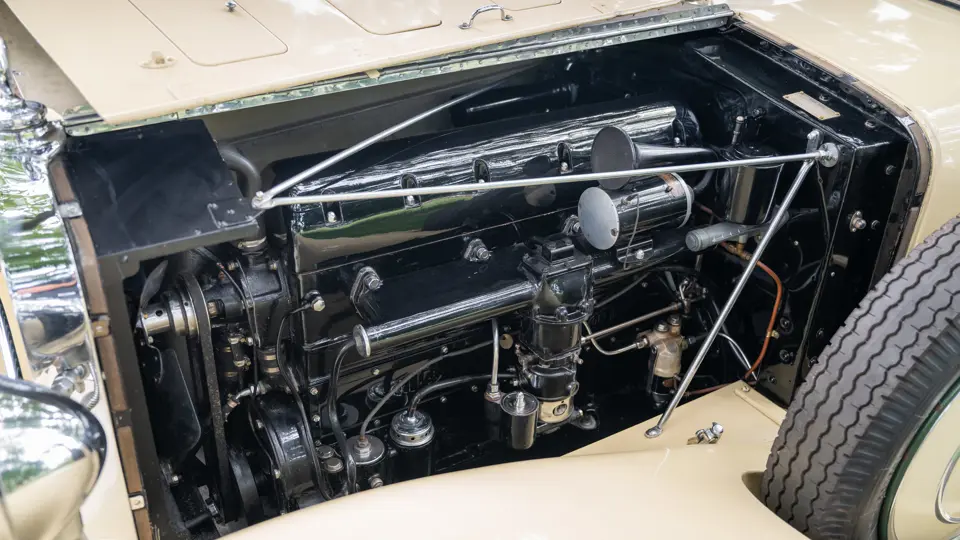




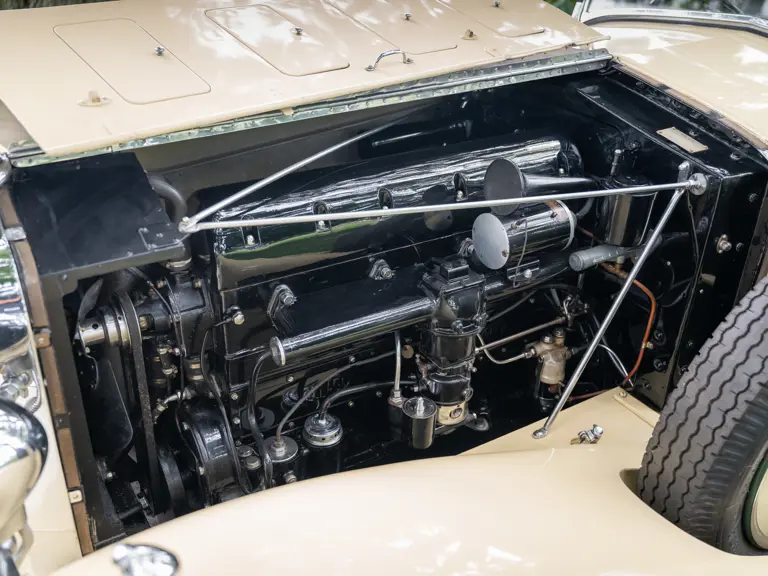

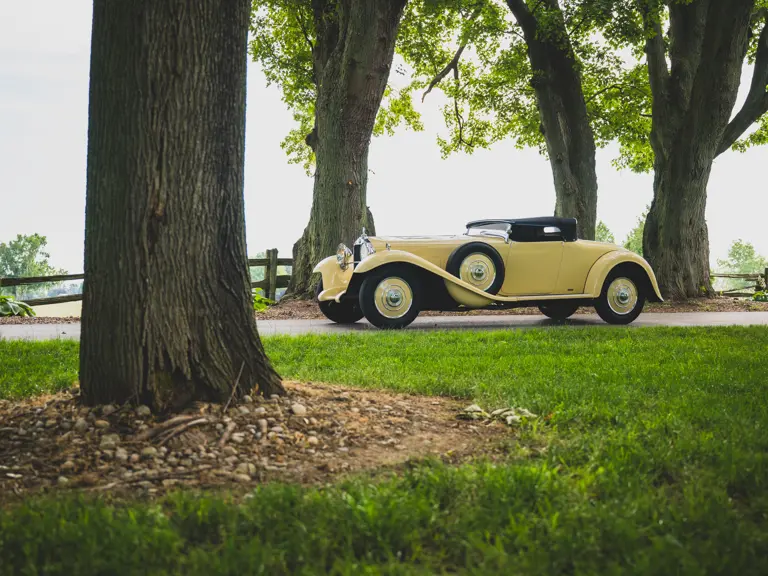
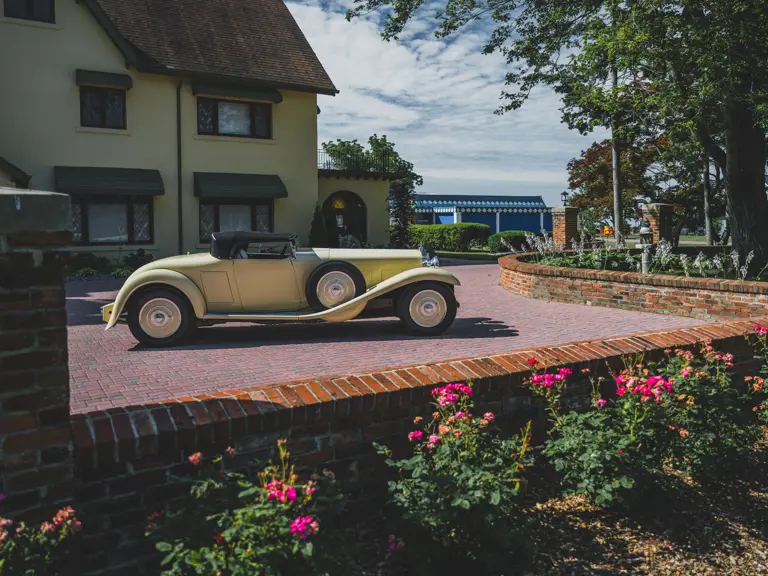



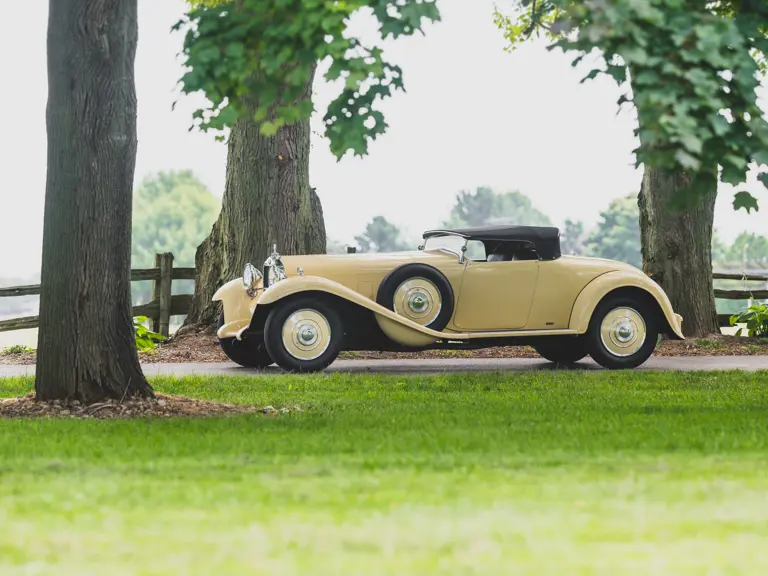
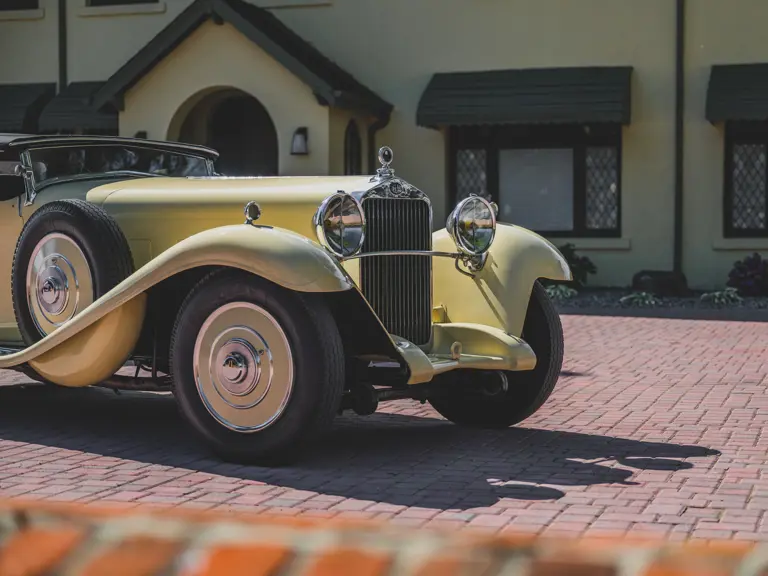

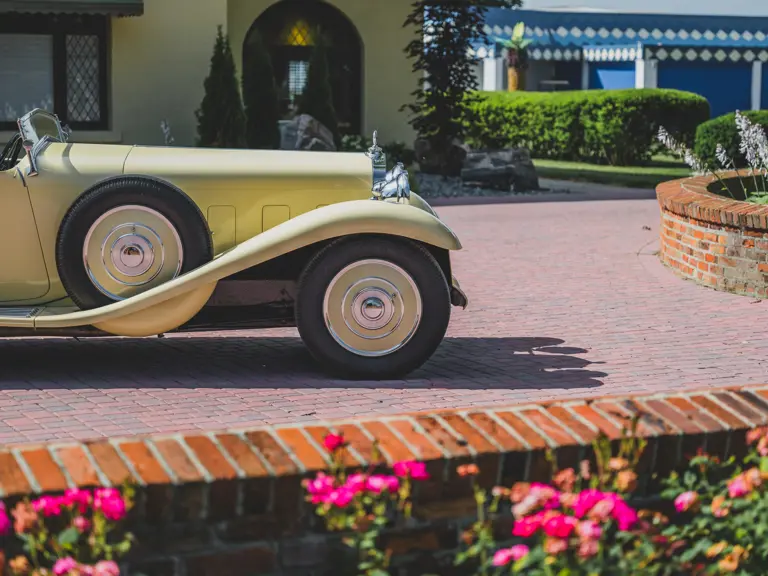


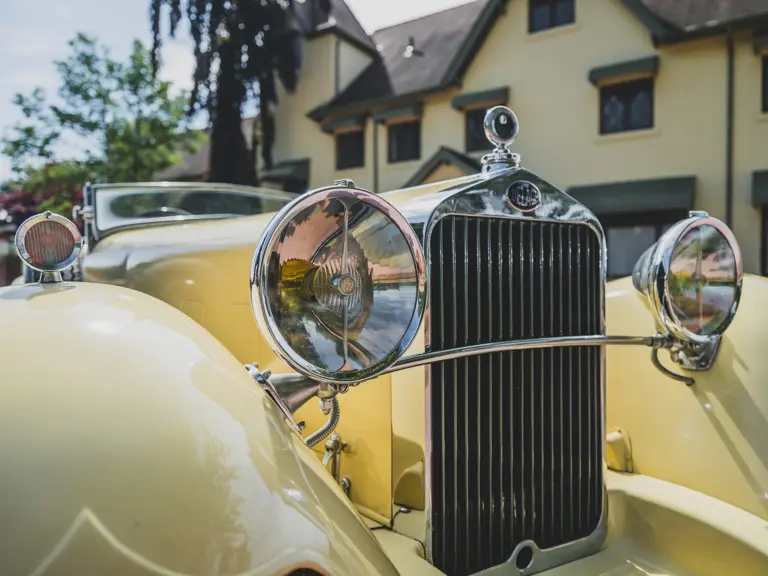
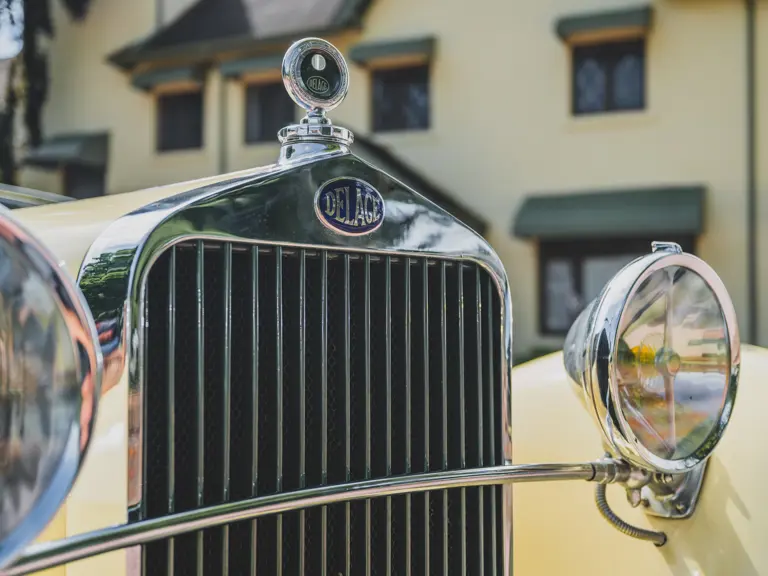

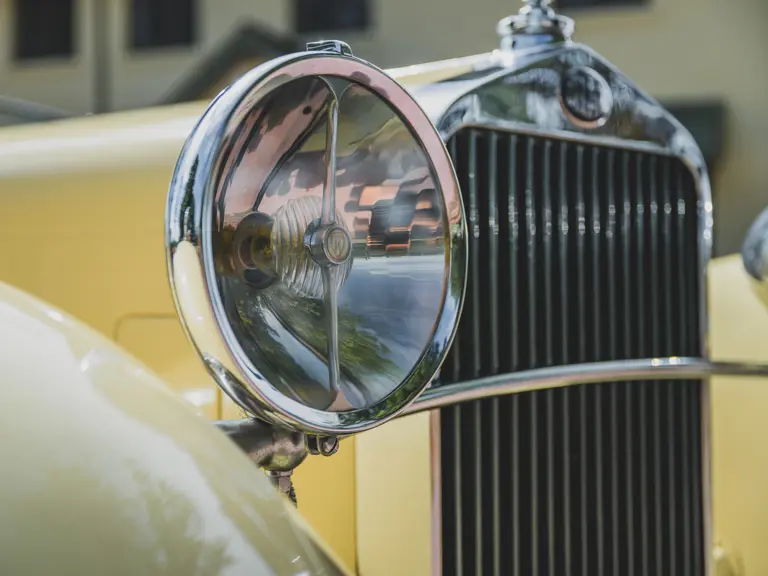
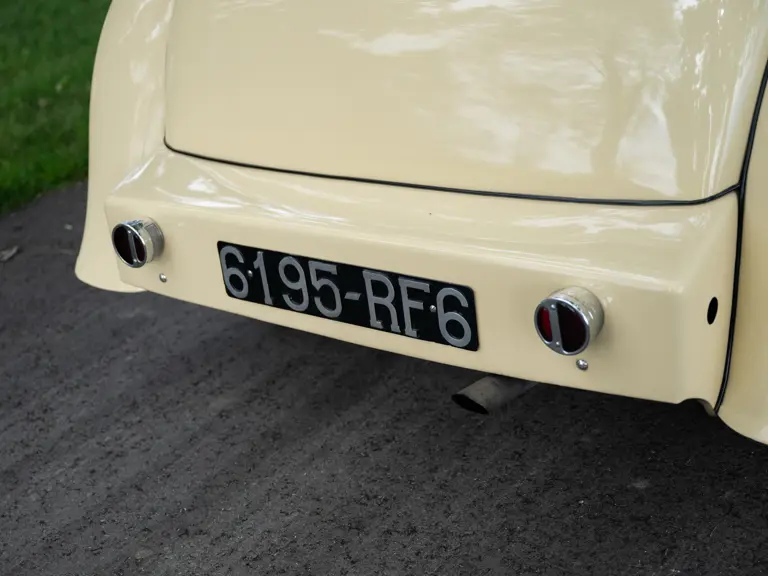

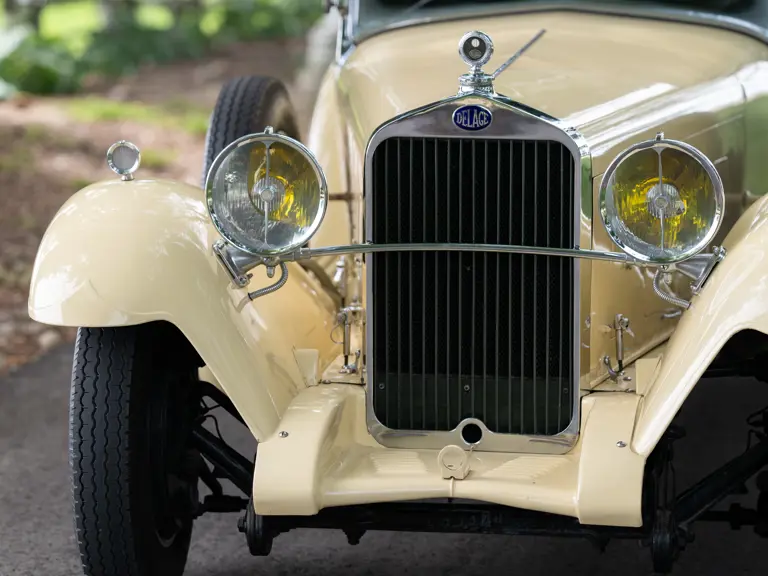
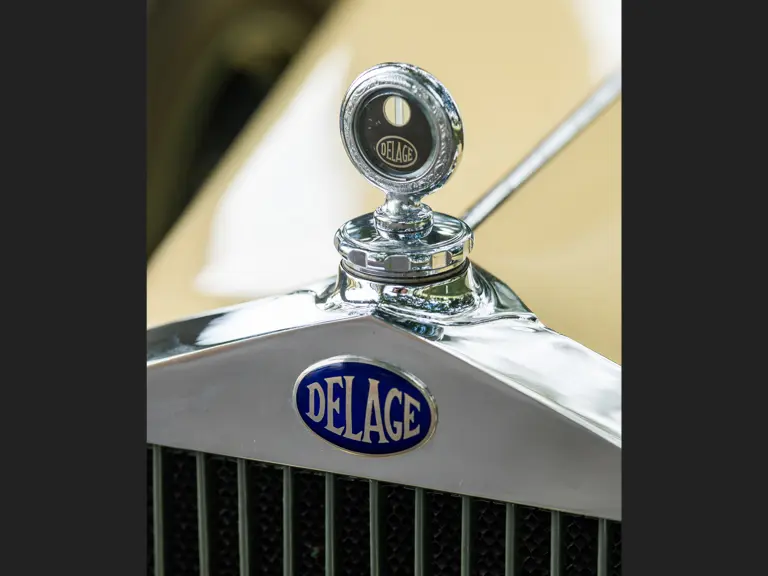
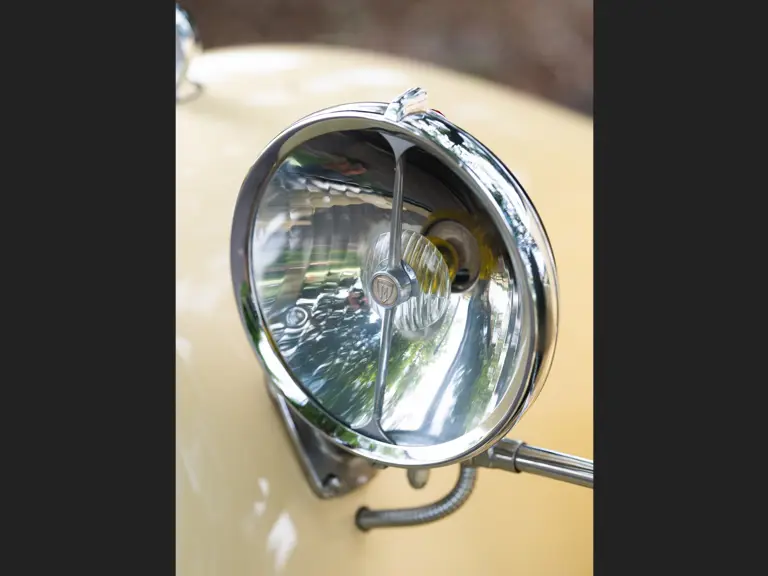
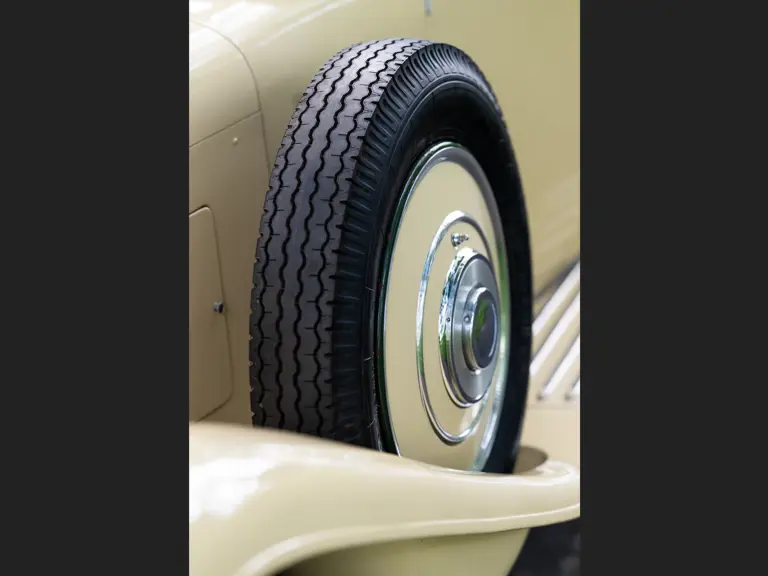
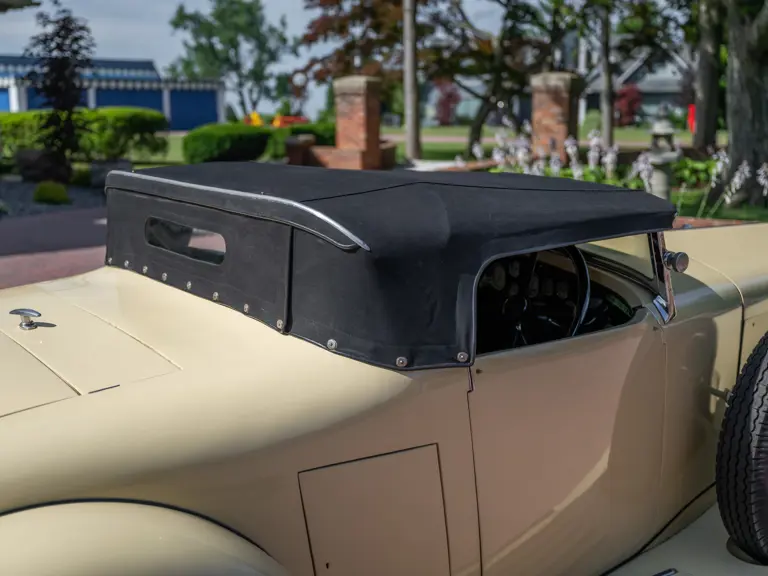
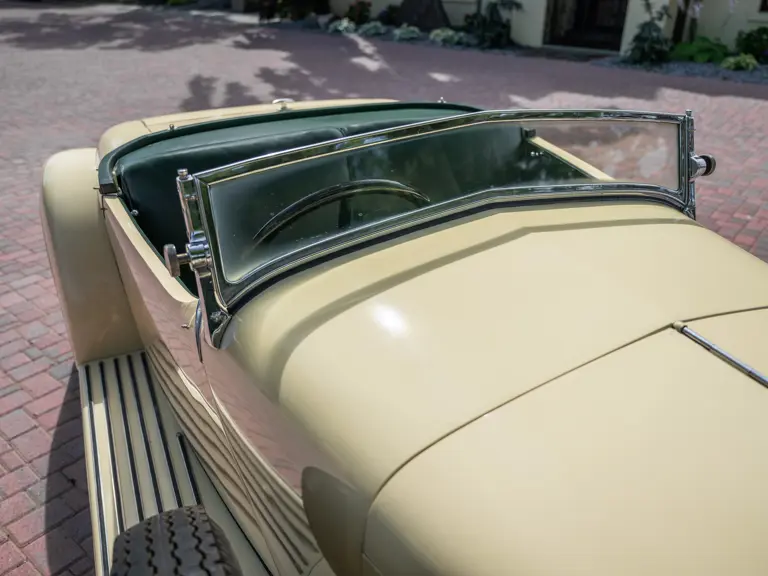
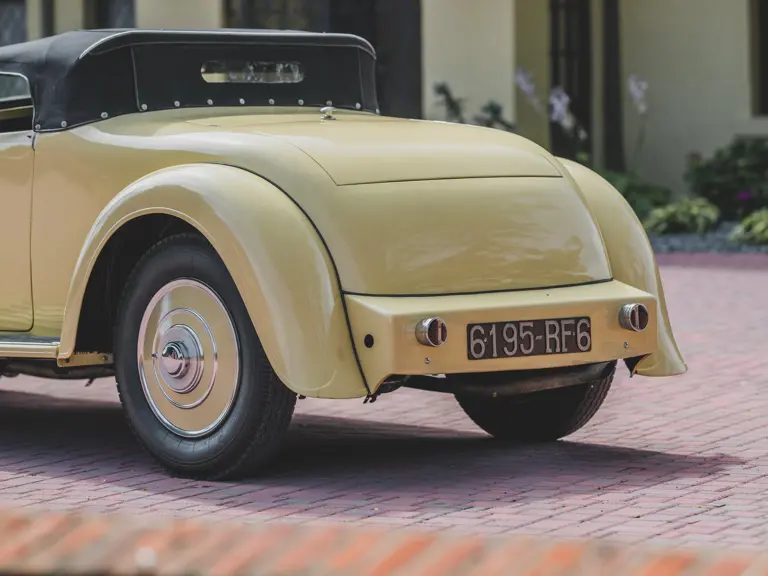
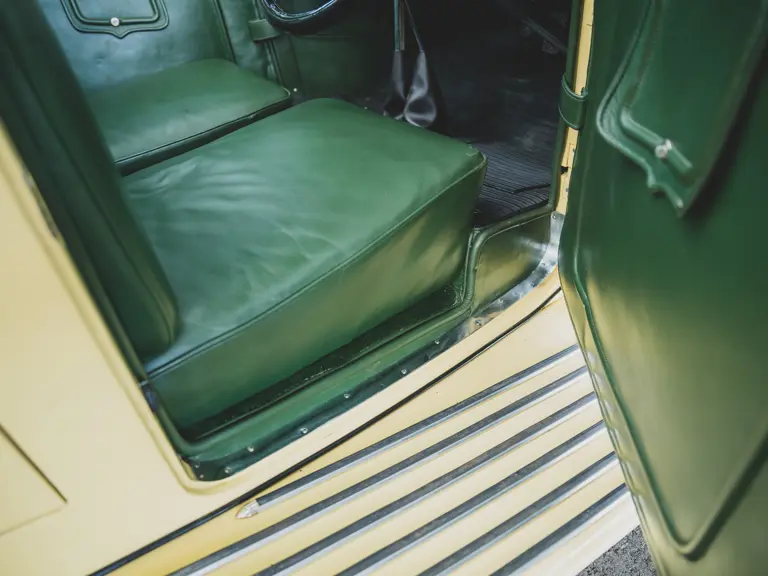




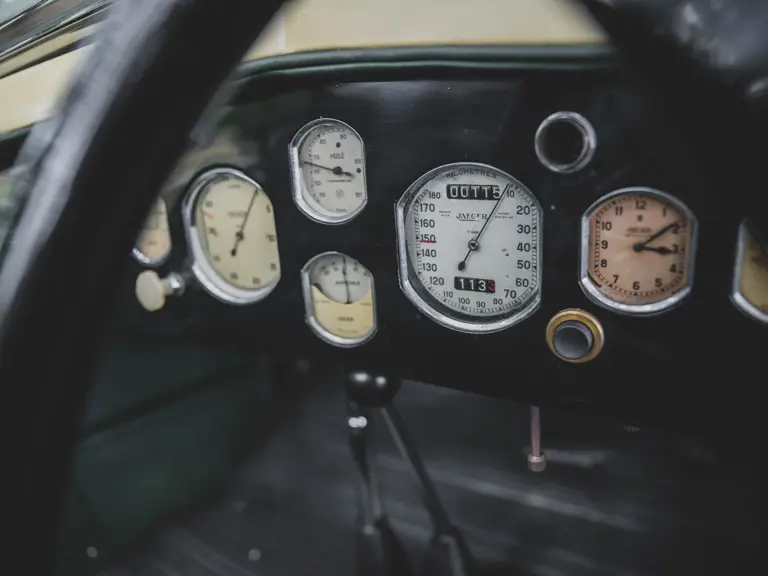

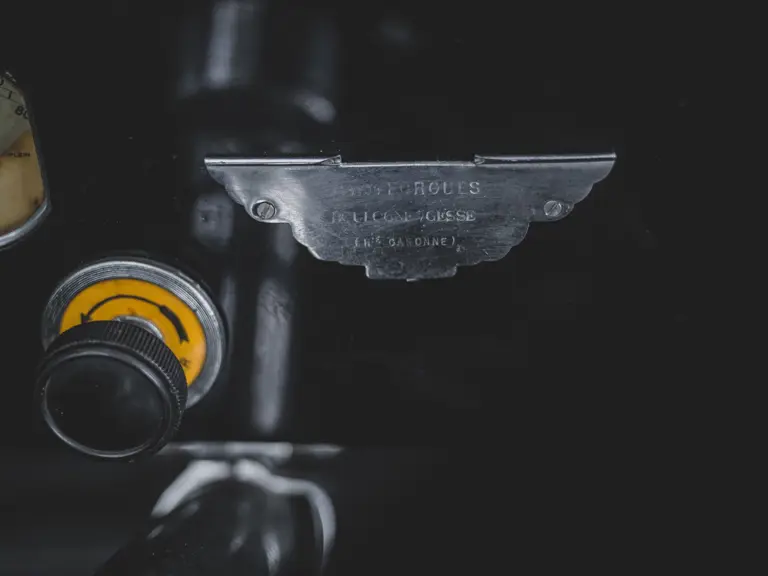
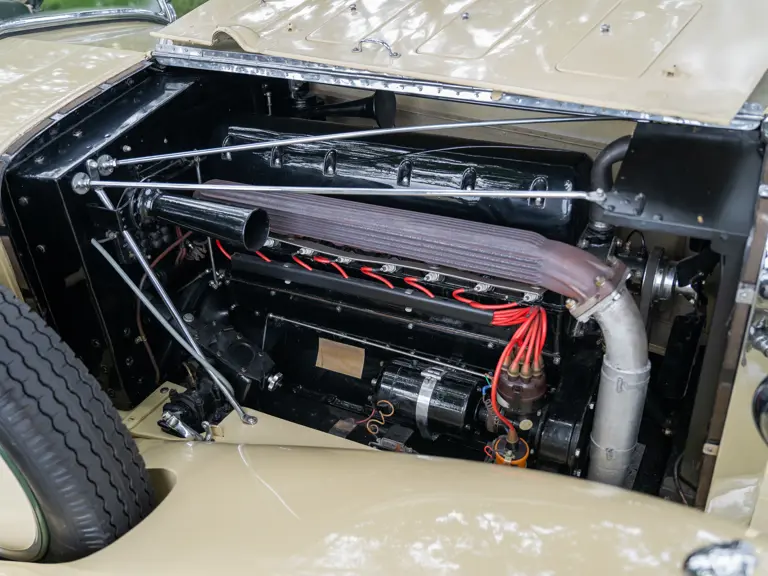
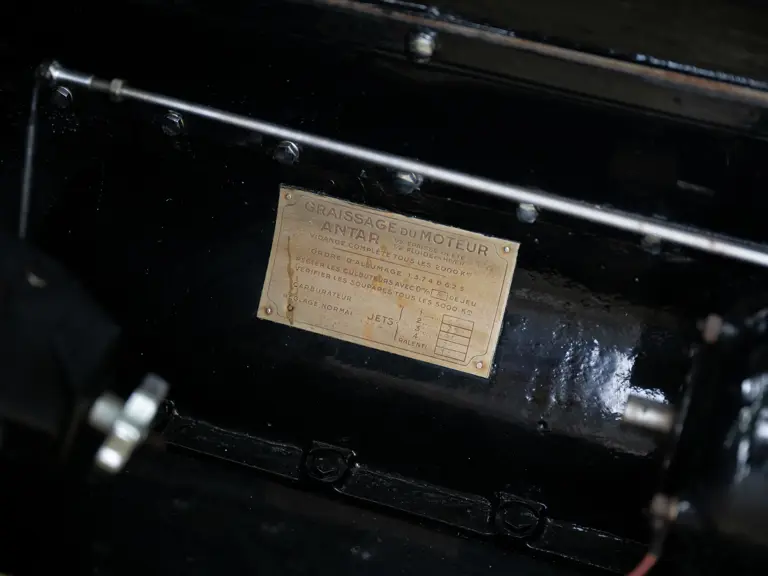


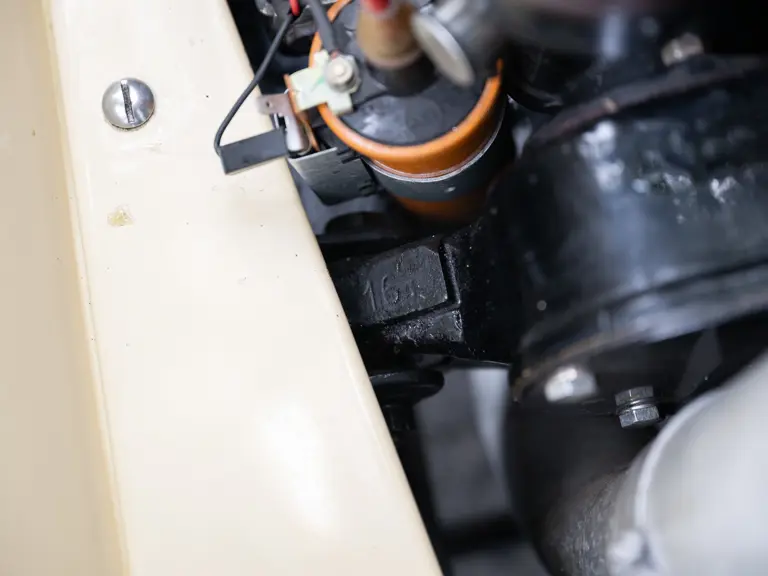


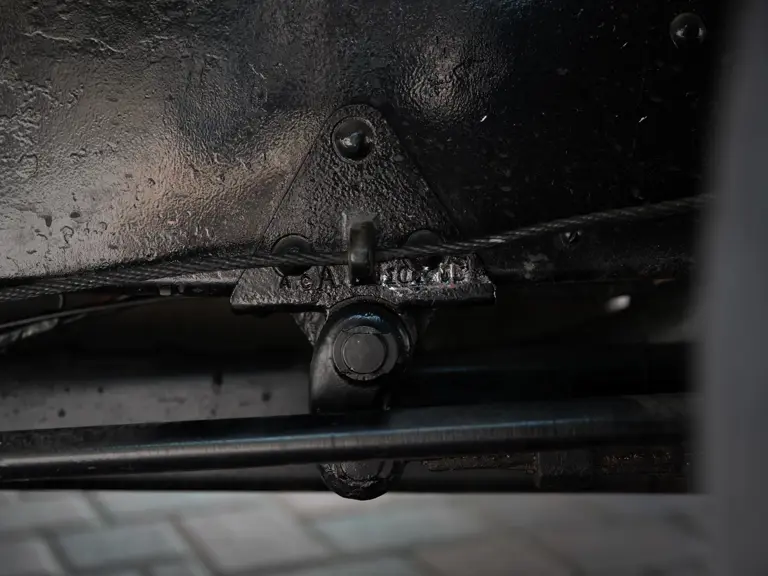
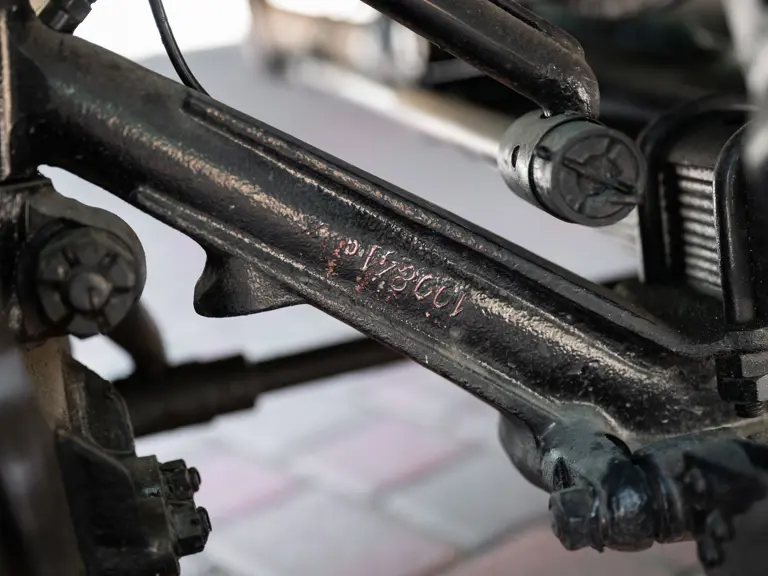
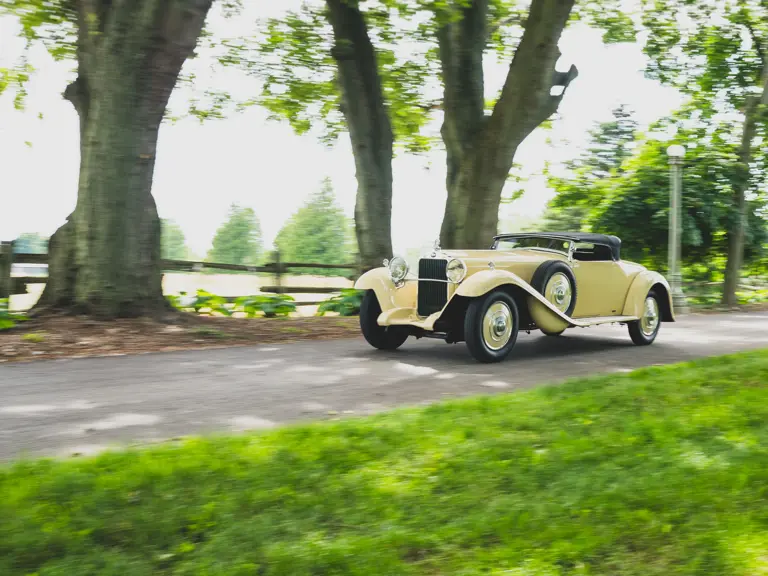

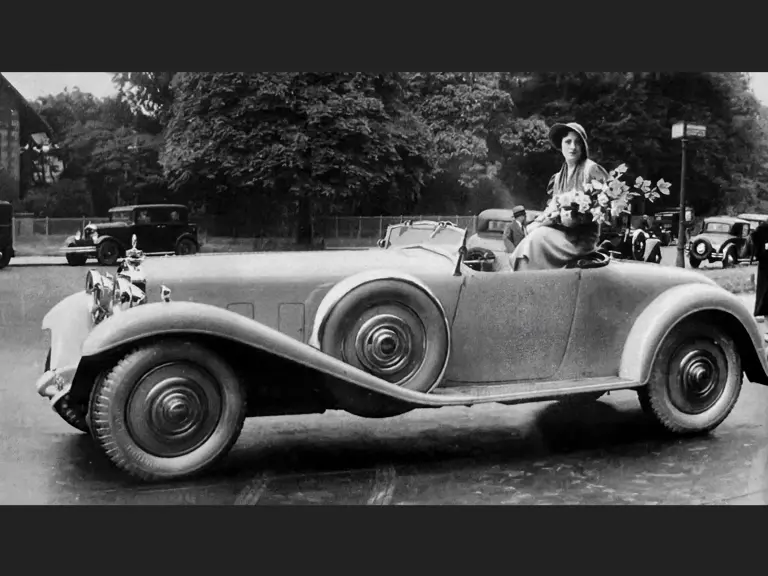
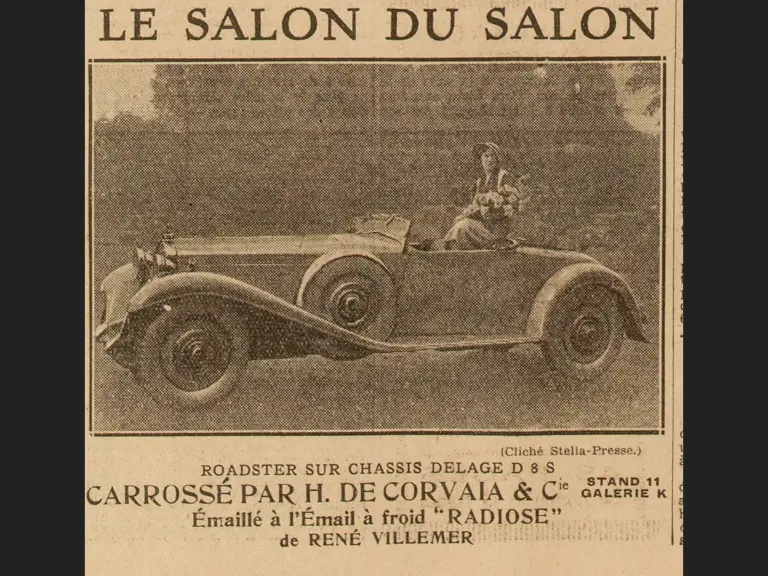
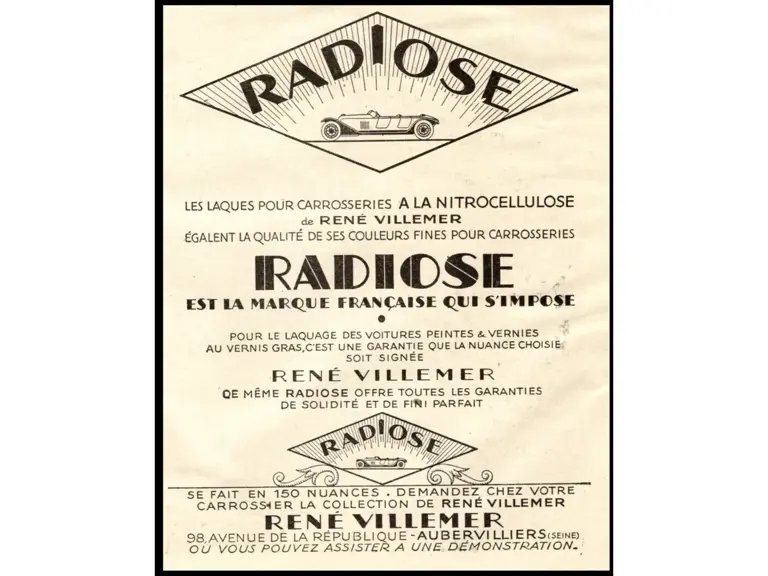
 | Monterey, California
| Monterey, California
